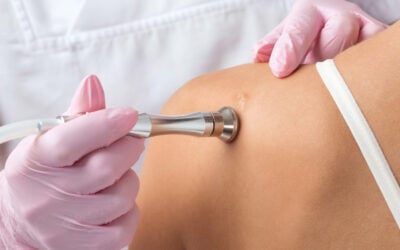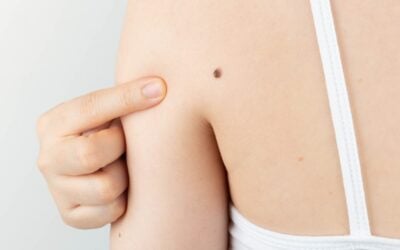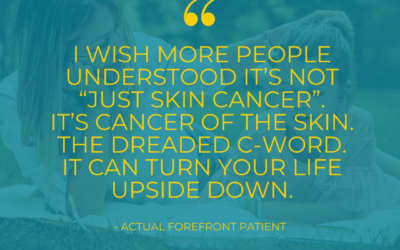
Sunscreen is a vital tool in the fight against skin cancer and premature skin aging. According to the American Academy of Dermatology, daily sunscreen use – when used correctly – could significantly reduce your risk of melanoma. According to Dr. Andrea Garrett, board-certified dermatologist with Forefront Dermatology, “sunscreen comes in many forms: gel, cream, lotion, stick and spray. I always advise my patients that the best sunscreen is the one you’ll actually wear.”
Each type of sunscreen comes with its own advantages and rules for applying:
• Creams work well if you have dry skin, especially on your face
• Lotions work best when needing to apply over a large area
• Gels work great in hairy areas such as the scalp or chest
• Sticks are useful in applying sunscreen around the eyes
• Sprays are convenient to apply on active children
Stick Sunscreen: For each area of the skin you are protecting, apply four passes back and forth to ensure you are getting the correct amount of coverage. Rub in after to even out the layer.
Spray Sunscreen: Hold the nozzle close to your skin and spray generously. Most adults need at least a shot glass worth of sunscreen to cover the entire body. When you use spray sunscreen it can be hard to tell how much you applied. A good rule of thumb is once the skin is glistening you have applied enough. After applying, rub in thoroughly to get even coverage. Do not use spray sunscreen on a windy day, and never apply near heat or open flame.
Cream/Gel/Lotion Sunscreen: As mentioned above, most adults need an ounce worth of sunscreen to cover an entire body. Apply thoroughly on all exposed areas of the body and rub in until the “white” color fades away.
No matter which type of sunscreen you use, it is important to remember to reapply every two hours or immediately after swimming or sweating.
“We sometimes over complicate applying sunscreen, and underestimate its importance. It’s key to remember with every application you are working to prevent yourself, or your kids, from developing skin cancer one day,” added Dr. Garrett.
Get Checked.
Regardless of whether you have noticed an odd or changing mole, a yearly skin examination is always recommended as a preventative measure to skin cancer. The skin health experts at Forefront Dermatology are ready to see you for a simple, 10 minute skin cancer screening. To find the Forefront dermatologist nearest you, visit the locations page today.





